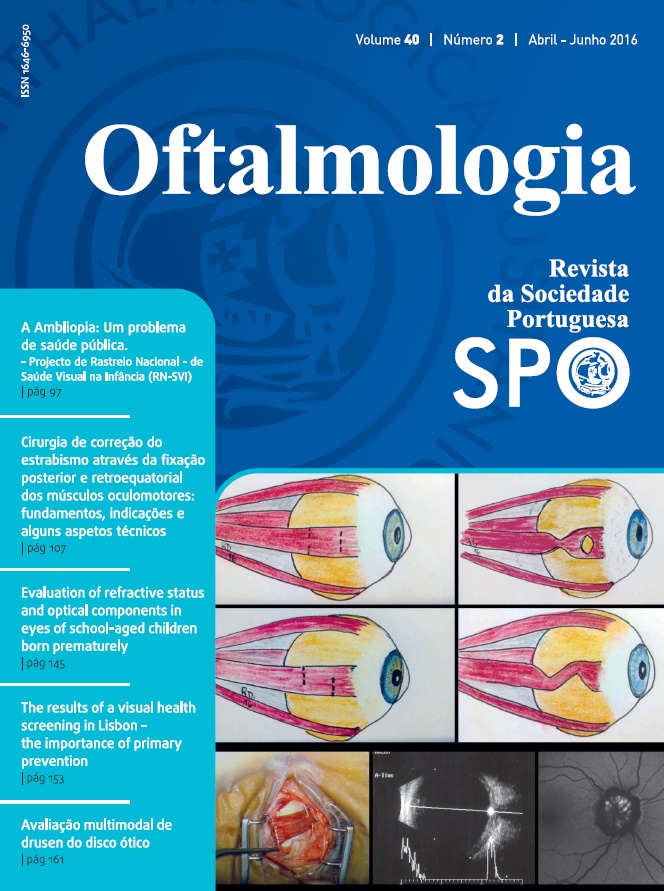The performance of Plusoptix A09 in detection of Refractive Amblyopia Risk Factors
DOI:
https://doi.org/10.48560/rspo.7537Keywords:
Amblyopia, Pediatric Ophthalmology, Vision Screening, Photorefraction, Cycloplegic retinoscopy,Abstract
Purpose: To assess the accuracy of the Plusoptix A09 noncycloplegic photorefraction for detection of refractive amblyopia risk factors (RARFs) in children and determine cutoff points. Methods: This study included 402 children observed in Pediatric Ophthalmology Clinic between June and December 2014. All children underwent initially photorefraction using Plusoptix A09 followed by cycloplegic retinoscopy (obtained during a complete ophthalmologic examination). Patients were considered to have RARFs based on American Association for Pediatric Ophthalmology and Strabismus 2013 guidelines. Considering cycloplegic retinoscopy as the gold standard, accuracy parameters of noncycloplegic photorefraction were calculated for detection of RARFs. Results: RARFs were found in 148 (36.8%) and 151 (37.6%) cases by cycloplegic retinoscopy and photorefraction, respectively. Plusoptix showed an overall 85.1% sensitivity for 90% specificity, 83.4% positive predictive value and 91.2% negative predictive value for detection of RARFs. Plusoptix had good specificity for detection of all specific types of RARFs (between 93.0 and 98.1%), and good sensitivity for detection of myopia (96.6%) and astigmatism (91.0%), however its sensitivity for detecting hyperopia RARFs was only 48.9%. Using a cutoff point of +1,5D for hyperopia instead of +3.5D (in children > 48 months), sensitivity can be improved to 88.6% in this group. Conclusions: The Plusoptix A09 is a useful, portable and accurate tool for the detection of RARFs in pediatric populations. However, in hyperopic RARFs an alternative cutoff value should be used.
Downloads
Downloads
Published
How to Cite
Issue
Section
License
Do not forget to download the Authorship responsibility statement/Authorization for Publication and Conflict of Interest.
The article can only be submitted with these two documents.
To obtain the Authorship responsibility statement/Authorization for Publication file, click here.
To obtain the Conflict of Interest file (ICMJE template), click here





